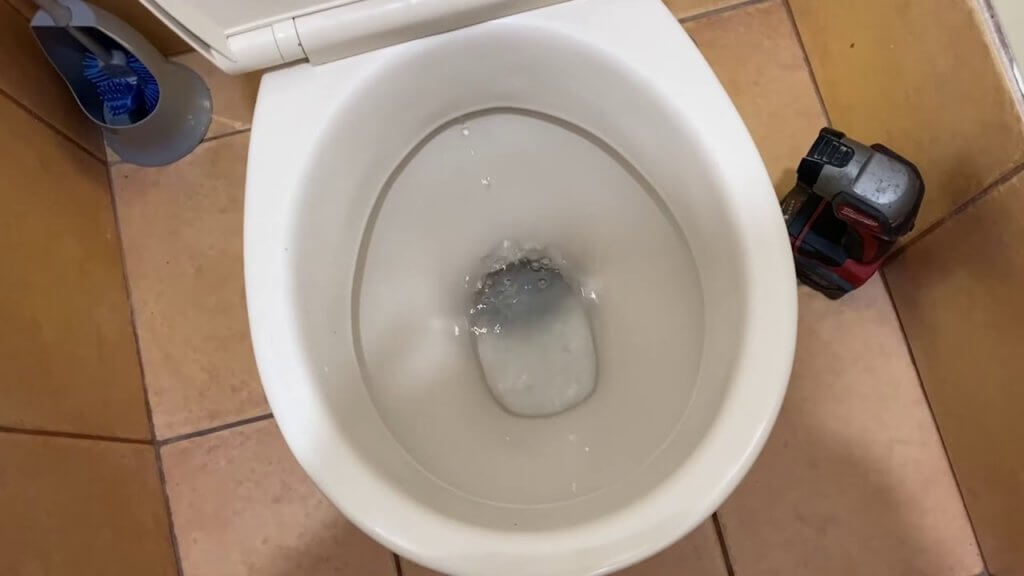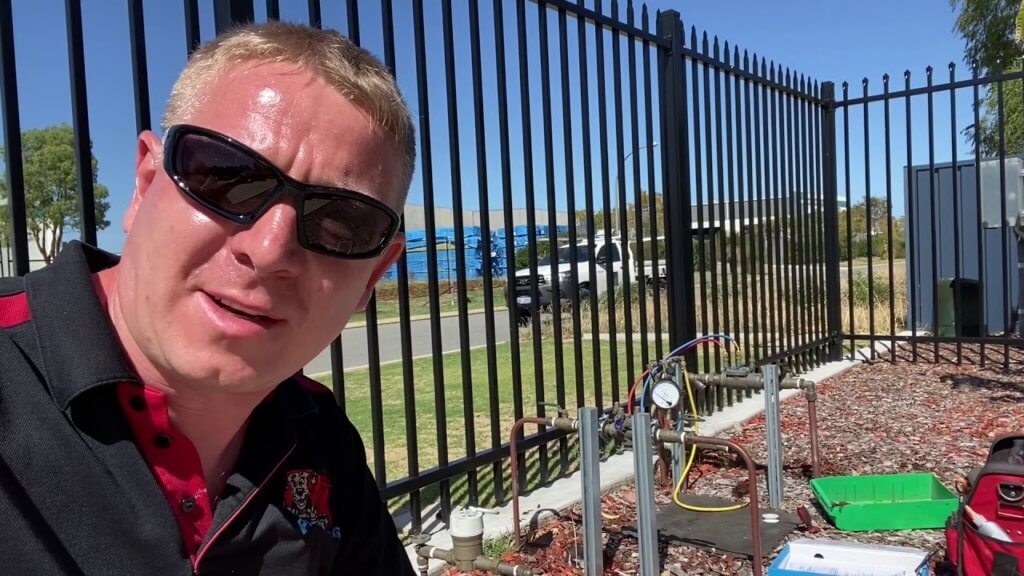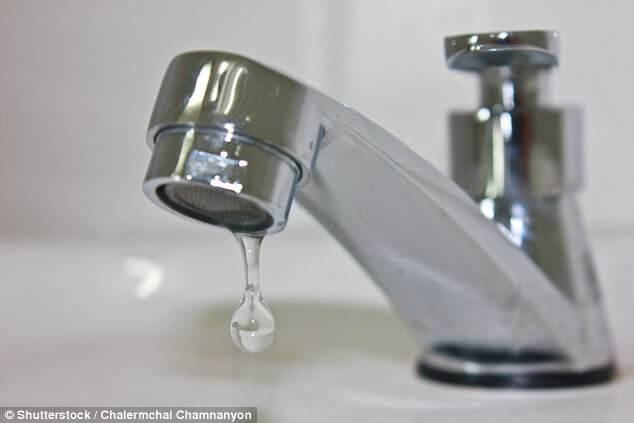- Not all smelly toilets are results of water leaks or blocked drains.
- Watch how our Plumbdog diagnoses and fixes a smelly toilet.
Our service call this time is from a client who cannot stand the smell any longer of their toilet. It’s been bothering them for a couple of days already and decided to have the experts check their toilet. Richard gives away some quality plumbing tricks and shows us step by step on how he diagnoses and fixes the problem.
It’s not a blocked drain!
The first thing Richard wanted to check was if the toilet was blocked or not. By simply flushing it and observing the water level if it rose or if it was draining really slow, he was able to confirm that it was not the source of the problem. Grabbing his torch, he looked around the physical toilet and that’s where he noticed that the rubber pan collar seal is already split and crumbling. He used his screwdriver to verify that it is no longer intact, this is probably due to the age of the seal or moulds that can accelerate the degrading process. This part of the toilet is where the smell is coming from. The toilet pan is the connection to the sewer pipe and the seal prevents any odour. Now that the seal had already perished the smell is coming right through.
Making Your Toilet Great Again
To resolve this Richard used a clear mould- resistance silicone and applied it around the pan collar. Afterwards, he also sprayed it with soapy water to clean the excess silicone off to make it look nice and clean. It is an instant fix for the concern and when it sets it will be airtight and watertight again. There will be no more sewer smell in the client’s home. Job well done!
Professionals Plumbers for that Pine Fresh Smell
The troubleshooting in the video may look quite easy but it is always best to call the experts when dealing with these things. This instance, it was just a broken seal but if it was something else our obedient Plumbdogs have all the gear and every idea on how to handle any plumbing issue.
Give Plumbdog a whistle and we will come!





